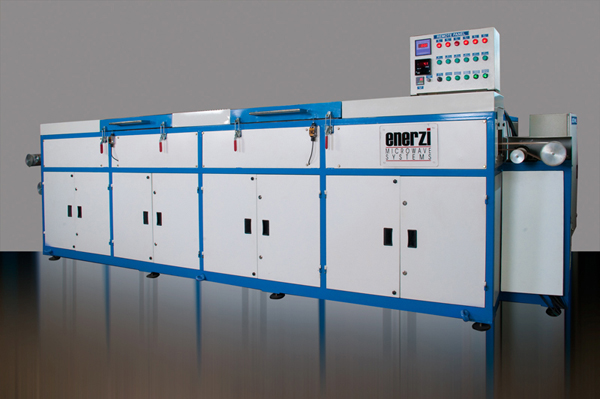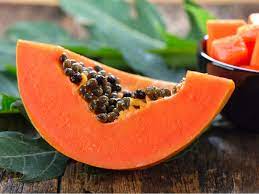
The Impact of Global Events: How Pandemics and Natural Disasters Affect Rubber Production
The rubber industry, a crucial player in various sectors such as automotive, healthcare, and manufacturing, is not immune to the far-reaching effects of global events. Pandemics and natural disasters have the potential to disrupt the rubber production supply chain, resulting in significant economic and operational challenges for manufacturers. In this blog post, we will explore the profound impact of these global events on the rubber industry and how resilience and innovation are essential to overcoming these challenges.
Pandemics: Disrupting Labor and Supply Chains
Pandemics like the COVID-19 crisis have underscored the vulnerability of the rubber industry to health-related disruptions. Here are some key ways pandemics affect rubber production:
Labor Shortages: Pandemics often lead to labor shortages due to illness, quarantine measures, and labor restrictions. Rubber plantations require manual labor for tasks like tapping latex and harvesting, making them highly susceptible to workforce disruptions. The inability to secure an adequate labor force can significantly hamper rubber production.
Supply Chain Disruptions: Global supply chains for rubber production are intricate, involving the sourcing of natural rubber, transportation of raw materials, and distribution of finished products. Disruptions in any part of this chain can cause delays and shortages. During the COVID-19 pandemic, lockdowns and travel restrictions disrupted logistics and led to delays in the delivery of raw materials, affecting production schedules.
Demand Fluctuations: Economic downturns during pandemics can result in reduced demand for rubber products. For instance, the automotive industry, a major consumer of rubber, experienced a slump in demand during the COVID-19 pandemic, impacting tire manufacturers and suppliers.
Natural Disasters: Impacting Supply Chain Resilience
Natural disasters such as hurricanes, floods, and earthquakes can have a profound impact on rubber production. Here’s how they affect the industry:
Crop Damage: Natural disasters can devastate rubber plantations by causing flooding, soil erosion, and uprooting of rubber trees. This damage can take years to recover from, leading to reduced rubber yields and increased costs for replanting and rehabilitation.
Transportation Disruptions: Severe weather events often disrupt transportation networks, making it challenging to move raw materials and finished products. Roads may become impassable, and ports may close, causing delays in the supply chain.
Price Volatility: Natural disasters can lead to fluctuations in rubber prices. For example, widespread damage to rubber plantations can lead to reduced supply, causing rubber prices to surge. On the other hand, if a natural disaster affects manufacturing facilities, it can disrupt production and lead to supply shortages.
Resilience and Innovation in the Face of Challenges
To mitigate the impact of pandemics and natural disasters on rubber production, the industry must adopt strategies that enhance resilience and embrace innovation. Here are some key approaches:
Diversified Sourcing: Reducing dependency on a single source for natural rubber is essential. Diversifying sources can help mitigate supply chain disruptions caused by natural disasters in specific regions. This includes exploring alternative rubber-producing countries and investing in sustainable rubber farming practices.
Labor Automation: Investing in automation and mechanization of labor-intensive tasks in rubber plantations can help reduce reliance on manual labor during pandemics. Robotic tapping systems and automated harvesting equipment can increase operational efficiency and reduce labor-related disruptions.
Supply Chain Transparency: Enhancing transparency in the supply chain through digitalization and blockchain technology can help manufacturers track the movement of raw materials and finished products. This transparency enables faster identification of disruptions and allows for agile responses.
Environmental Resilience: Sustainable rubber farming practices, such as agroforestry and conservation farming, can improve the resilience of rubber plantations to natural disasters. These practices enhance soil health, reduce erosion, and protect against extreme weather events.
Research and Development: Continued investment in research and development is critical for developing disease-resistant rubber tree varieties and innovative rubber processing techniques. These innovations can boost productivity and resilience in the face of pandemics and natural disasters.
Risk Assessment and Contingency Planning: Manufacturers should conduct thorough risk assessments and develop robust contingency plans to address potential disruptions caused by pandemics and natural disasters. These plans should include strategies for workforce management, supply chain diversification, and emergency response.
Conclusion
The rubber production industry, like many others, faces significant challenges when pandemics and natural disasters strike. However, by implementing strategies that enhance resilience and embracing innovative technologies and practices, the industry can mitigate the impact of these events. Diversified sourcing, automation, supply chain transparency, sustainable farming, research and development, and robust contingency planning are essential elements in building a resilient rubber industry that can weather the storm, no matter what global events may come its way. As the world becomes increasingly interconnected, it is imperative that the rubber industry continues to adapt and innovate to ensure a steady supply of this essential material for countless industries worldwide.
Green technology meets rubber processing with our energy-efficient rubber Vulcanization Ovens. Reduce your carbon footprint while enhancing productivity



